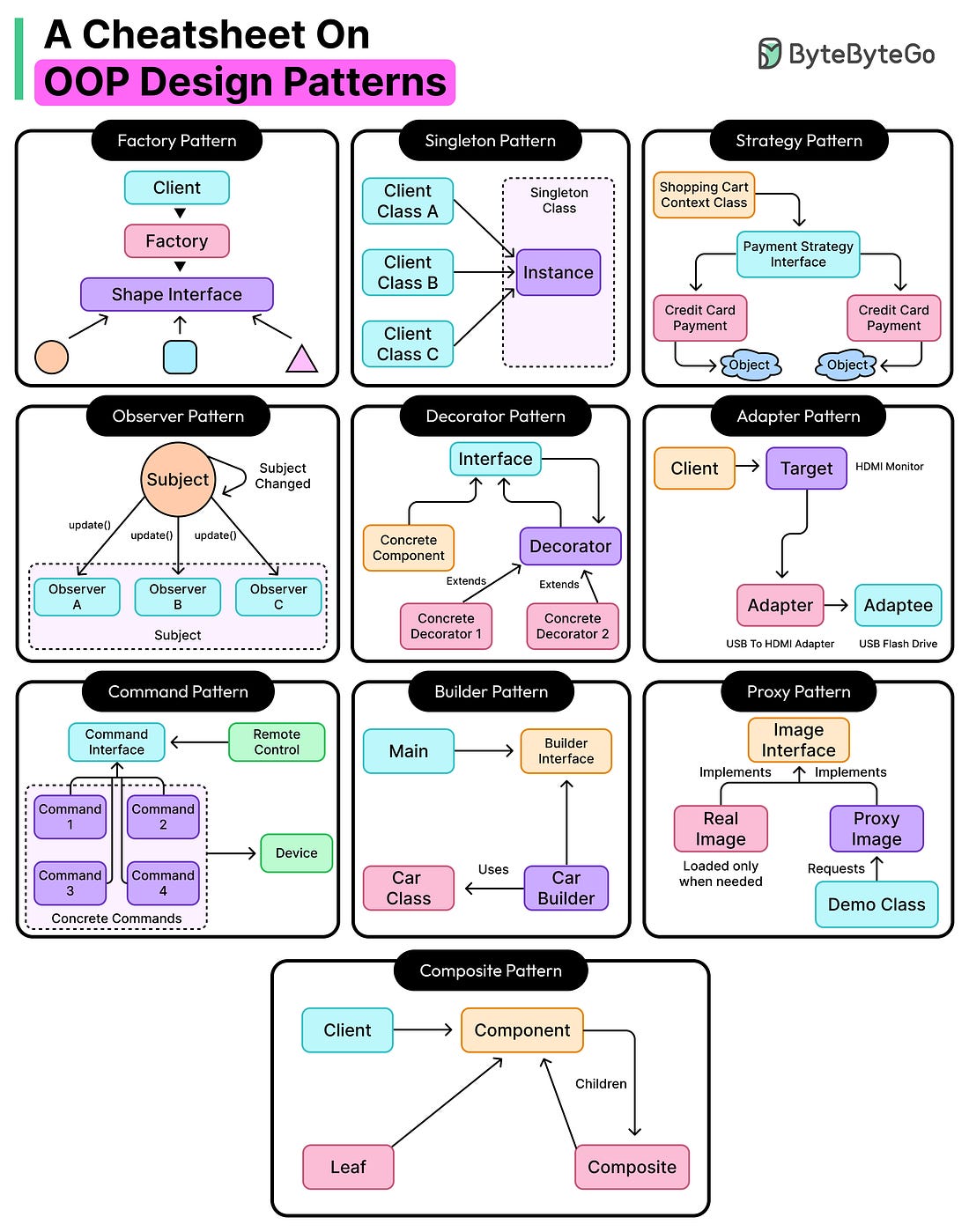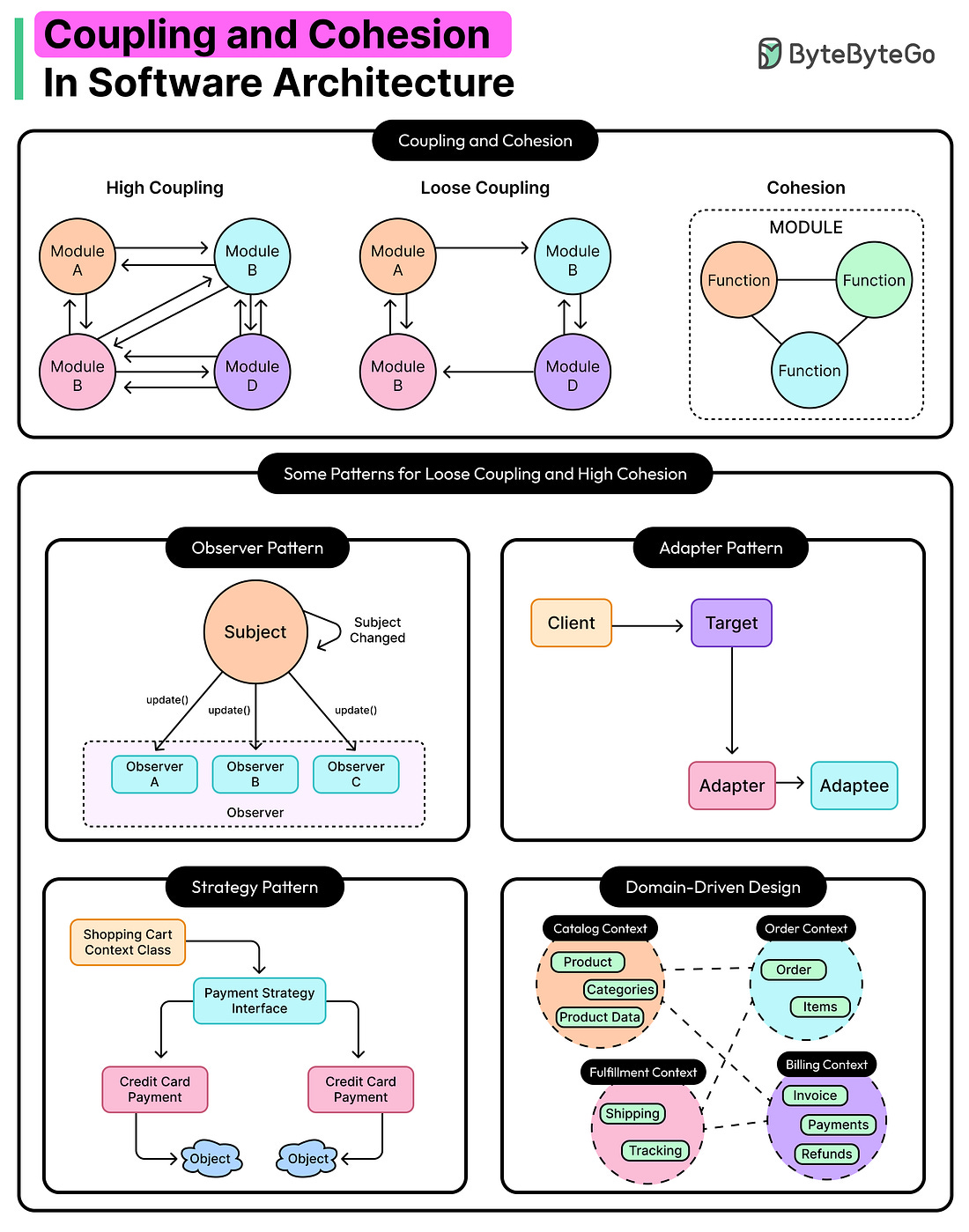- Mailing Lists
- in
- Coupling and Cohesion: The Two Principles for Effective Architecture
Archives
- By thread 5321
-
By date
- June 2021 10
- July 2021 6
- August 2021 20
- September 2021 21
- October 2021 48
- November 2021 40
- December 2021 23
- January 2022 46
- February 2022 80
- March 2022 109
- April 2022 100
- May 2022 97
- June 2022 105
- July 2022 82
- August 2022 95
- September 2022 103
- October 2022 117
- November 2022 115
- December 2022 102
- January 2023 88
- February 2023 90
- March 2023 116
- April 2023 97
- May 2023 159
- June 2023 145
- July 2023 120
- August 2023 90
- September 2023 102
- October 2023 106
- November 2023 100
- December 2023 74
- January 2024 75
- February 2024 75
- March 2024 78
- April 2024 74
- May 2024 108
- June 2024 98
- July 2024 116
- August 2024 134
- September 2024 130
- October 2024 141
- November 2024 171
- December 2024 115
- January 2025 216
- February 2025 140
- March 2025 220
- April 2025 233
- May 2025 239
- June 2025 303
- July 2025 133
Coupling and Cohesion: The Two Principles for Effective Architecture
Coupling and Cohesion: The Two Principles for Effective Architecture
Latest articlesIf you’re not a subscriber, here’s what you missed this month.
To receive all the full articles and support ByteByteGo, consider subscribing: Every large system that spirals out of control starts the same way: small, functional, and deceptively simple. However, as the system evolves, things spiral out of control. A feature is added here, a helper function squeezed there, and a “temporary” dependency for some urgent task that never gets removed. Months later, debugging requires going through five layers of indirection, and touching one module can break the entire system. Behind the scenes of that slow collapse, two invisible forces often play tug-of-war: coupling and cohesion. Most developers first hear these terms in textbooks or blog posts, often lumped into a “good design” checklist.
But beyond the concepts, the practical meaning often gets lost. What does coupling look like? When does cohesion break down in real teams? And why do some projects feel like a breeze to change, while others offer challenges with every pull request? Coupling and cohesion aren’t abstract guidelines. They are practical engineering realities that define how easily code could evolve, how confidently teams could deploy, and how painful it becomes to onboard a new teammate or fix a bug under pressure. In this article, we’ll attempt to understand coupling and cohesion in more realistic terms and how they might show up in different architectural styles and patterns. Understanding Coupling... Continue reading this post for free in the Substack app© 2025 ByteByteGo |
by "ByteByteGo" <bytebytego@substack.com> - 11:35 - 17 Apr 2025

